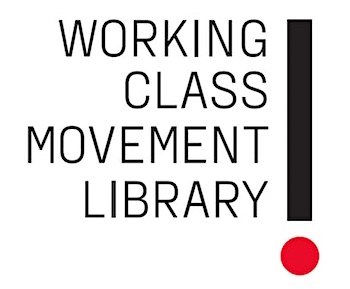Arms expenditure
TitleArms expenditure
ReferenceTAPE/012/1
Date
11-Jul-92
Scope and ContentTalk by Mike Haynes at the Socialist Workers' Party conference, London, entitled arms expenditure.
He started (after passing round handouts giving facts and figures) by saying that he would talk about the pattern of arms spending, the myth of the permanent arms' economy, and how the permanent arms' economy worked in its heyday.
He went on to say arms expenditure increased enormously from 1908 to the First World War, how it shot up enormously during the War, then after the War it dropped but was still higher than it was in 1913. Expenditure picked up again in the 1930s, particularly so after 1935 (both naval weapons and the expansion of the air force), and increased enormously during the Second World War. Expenditure then fell again so that in 1948 it was very similar to the level of 1938, then there was an enormous leap at the time of the Korean War. After the Korean War expenditure fell again, but climbed again in the 1960s onwards.
With regard to the world economy the United States spent a very small proportion of its output on arms, showing that up until 1945 arms expenditure was not central to their system, but after 1945 there was a vast, steady increase. The biggest spenders on arms were the world's most advanced economies, both in the West and in the Eastern Bloc. The fugures fell during the 1960s (despite the Vietnam War) and the 1970s, but by 1985 had risen again (with the abandonment of detente and a more confrontational policy of Reagan and Carter), but since then arms' spending fell again.
The emphasis changed from buying arms for possible conflicts between highly developed countries to ones with developing countries, which in turn started to increase their arms' expenditure - the "militarisation of the Third World". This was happening because the "advanced" countries were prepared ro sell arms to them, eg to the protagonists in the Iraq - Iran War.
Mike Haynes then spoke about the large role that the arms trade played within the capitalist system, and how it impacted on the economy. Lowering expenditure on arms did not necessarily lead to a more stable system.
He started (after passing round handouts giving facts and figures) by saying that he would talk about the pattern of arms spending, the myth of the permanent arms' economy, and how the permanent arms' economy worked in its heyday.
He went on to say arms expenditure increased enormously from 1908 to the First World War, how it shot up enormously during the War, then after the War it dropped but was still higher than it was in 1913. Expenditure picked up again in the 1930s, particularly so after 1935 (both naval weapons and the expansion of the air force), and increased enormously during the Second World War. Expenditure then fell again so that in 1948 it was very similar to the level of 1938, then there was an enormous leap at the time of the Korean War. After the Korean War expenditure fell again, but climbed again in the 1960s onwards.
With regard to the world economy the United States spent a very small proportion of its output on arms, showing that up until 1945 arms expenditure was not central to their system, but after 1945 there was a vast, steady increase. The biggest spenders on arms were the world's most advanced economies, both in the West and in the Eastern Bloc. The fugures fell during the 1960s (despite the Vietnam War) and the 1970s, but by 1985 had risen again (with the abandonment of detente and a more confrontational policy of Reagan and Carter), but since then arms' spending fell again.
The emphasis changed from buying arms for possible conflicts between highly developed countries to ones with developing countries, which in turn started to increase their arms' expenditure - the "militarisation of the Third World". This was happening because the "advanced" countries were prepared ro sell arms to them, eg to the protagonists in the Iraq - Iran War.
Mike Haynes then spoke about the large role that the arms trade played within the capitalist system, and how it impacted on the economy. Lowering expenditure on arms did not necessarily lead to a more stable system.
Extent1 side of cassette tape
Physical descriptionNWSA copy
LanguageEnglish
Persons keywordHaynes, Michael, Socialist Workers Party
Conditions governing accessOpen
Levelfile
Normal locationZ (Room 24)
